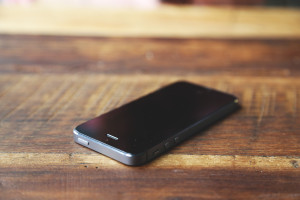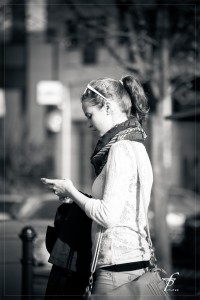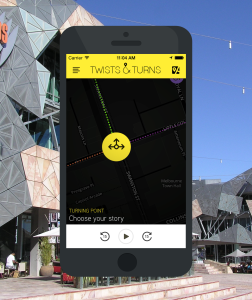Is Mobile The Missing Piece to Your Marketing Strategy?
As consumer behaviors shift so must marketing strategies. Mobile is no longer the second screen, so why is mobile still at the bottom of business’s marketing plans? Salesforce’ State of Marketing report revealed that 90 percent of marketers agree that it’s increasingly important to “create a cohesive customer journey.” What is the most effective technology to enable a complete journey? Mobile.
There are a number of ways to implement mobile marketing into your strategy. At the very basic, all websites should be mobile responsive. A poorly designed mobile website will disrupt your customer’s journey by providing a poor user experience. For example, if a customer wants to make a purchase on their smartphone, being unable to do so because of a poor design or experience could result in not only a lost sale but a lost customer if your competitors have already optimized for mobile.
What can you do integrate mobile into your marketing strategy? Almost half of surveyed marketers use SMS, push notifications, mobile apps or location-based functionality — up from 23 percent last year. Mobile apps are one of the most expensive option but can be great for news sites and web services. For e-commerce businesses, mobile ads might be a simpler option to drive users to their website. Retailers have many innovative opportunities to integrate not only mobile ads and apps into their website but location-based technologies like iBeacons, push notifications and geofencing. Right now, only 18 percent of surveyed marketers are using these technologies.
As marketers continue to understand the power of mobile tactics, they should no longer be part of a separate strategy but an integral part of overall marketing plans.




 Hillshire Brands
Hillshire Brands